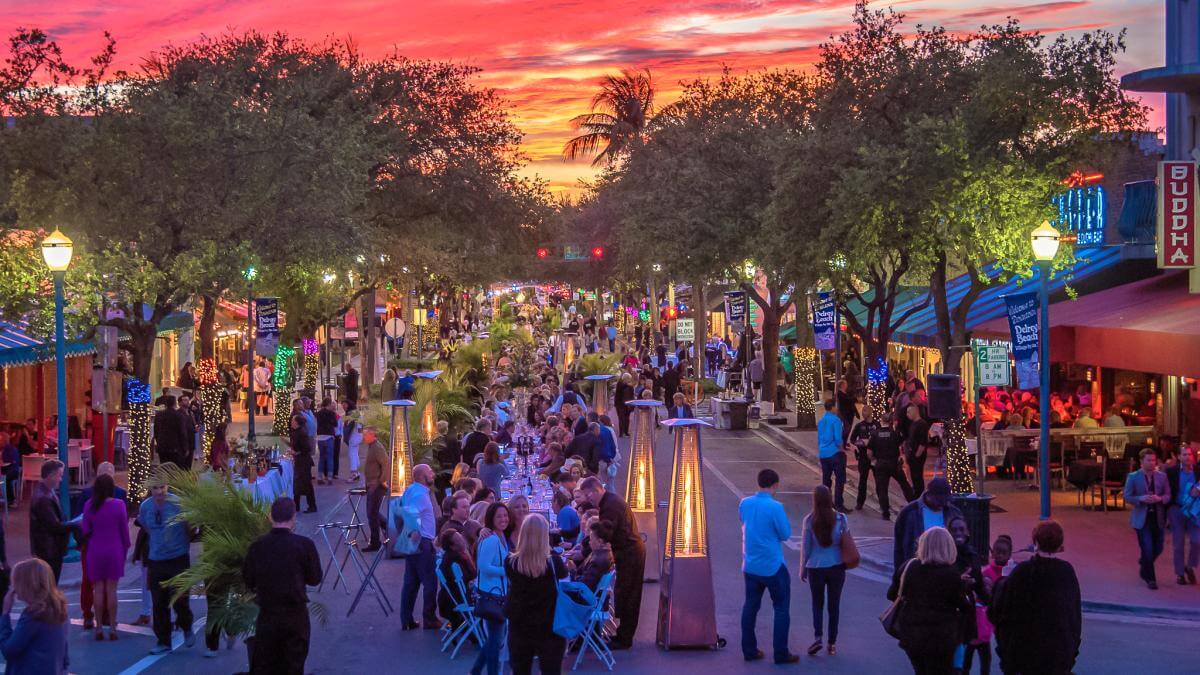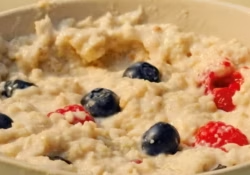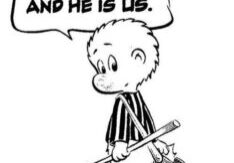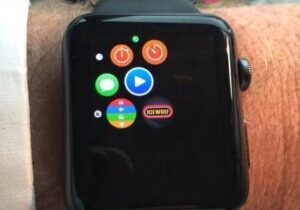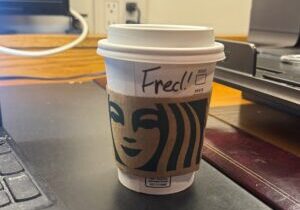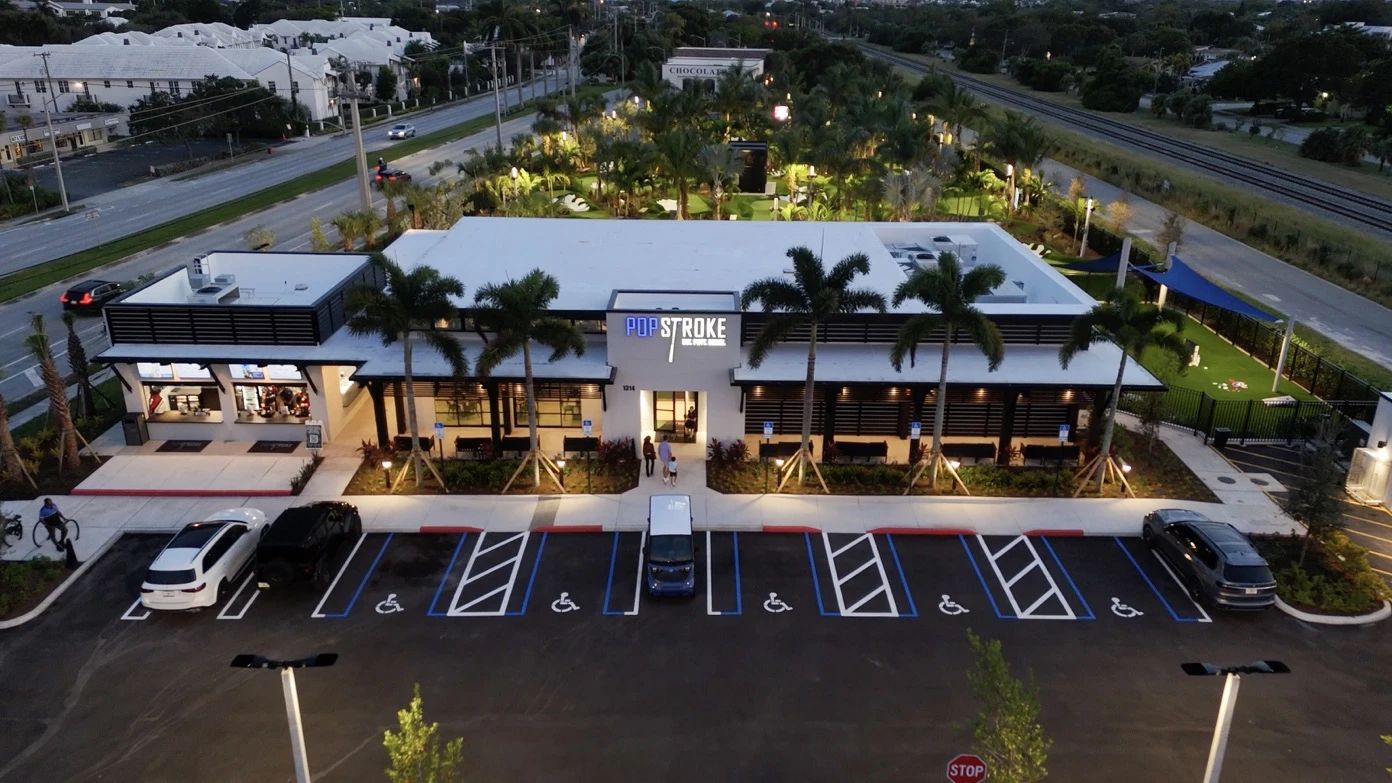
PopStroke | Delray Beach, FL
These days, it’s all about the experience.
Whether it’s retail or even B-to-B, businesses and organizations know they need to provide a memorable experience. That’s what keeps customers in any type of business coming back again and again.
We see and hear about this in the research we conduct at Jacobs Media, whether it’s our big Techsurvey samples comprised of core radio listeners or the hundreds of Zoom groups we’ve conducted, especially since the pandemic.
While we continue to hear about a sluggish economy or rising inflation, none of those speed bumps seem to have impacted the entertainment industry when it comes to what is referred to as “experiential.” Perhaps that why nearly one-fifth of those who attended a concert in 2023 tell us they purchased a V.I.P. package – usually for an extra few hundred dollars, and in many cases, even more.
Even what was once considered a mundane activity has been made special by enterprising entrepreneurs trying to create experiences that are memorable, buzzworthy, and will keep customers coming back again and again.
Take miniature golf, for example. Every winter, I’m lucky enough to get out of Detroit for the coldest months and hang out in Delray Beach, FL. If you’ve never been there, Delray is the hottest town in southeast Florida – lots of nightlife, restaurants, and things to do.
Last winter, a PopStroke opened – an incredible new concept featuring two miniature golf courses, foosball, cornhole, and a full sports bar/restaurant. It’s a flat fee (about $30) to golf as long as you like, and spend time (and money!) on the other activities.
What they don’t tell you – but everyone knows – is that Tiger Woods is a primary investor in PopStroke. Their promise? “An unmatched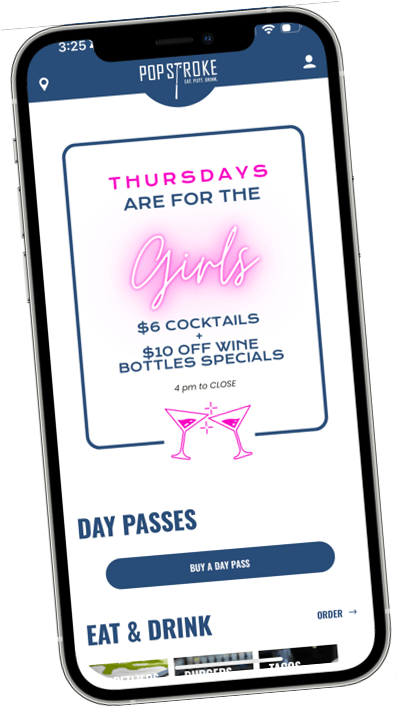 interactive and unique” experience.
interactive and unique” experience.
Right now, there are 11 PopStoke locations in Florida, Texas, Arizona, Alabama, and South Carolina.
But it doesn’t end there. Another concept – even more over-the top is Monster Mini Golf. As the story’s title in Retail Customer Experience explains, the “customer experience is all about fun.”
This recreational concept got a boost from the post-COVID bounce. Last year alone, spending at amusement parks and arcades rocketed more than 20%. It’s a wave powered by providing consumers (read families) with fun experiences that are affordable.
At Monster Mini Golf centers, there’s a lot to do – besides miniature golf – laser tag, bowling, arcade games – all under the glow of blacklight monsters. And of course, there’s ample food and drink available for patrons.
This brand has a wide target – “5 to 95” – predicated on the philosophy of giving customers what they want and providing unique experiences. To that end, it’s the mindset we’d like broadcast radio operators to embrace.

W.I.R.D. Radio at Monster Mini Golf
Speaking of which, one of the entertainment hubs at every Monster Mini Golf operation is a radio station.
W.I.R.D. – yes, Weird Radio is a mock station that is additive to the experience with music, contests, and interaction with audience members. W.I.R.D. radio features a live DJ (no voicetracking!) to facilitate more engagement with attendees.
And doesn’t it say it all that the creators of Monster Mini Golf envisioned radio as a key component in their fun formula?
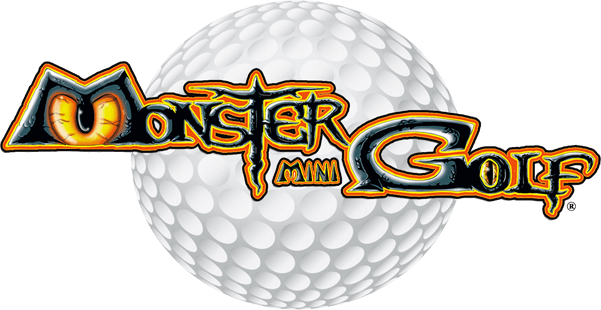
But it also suggests that actual radio stations would be served well by embracing the Monster Mini Golf philosophy. It IS all about customers and the experience provided to them. How do radio stations provide an element of fun and show biz when they’re out at concerts this summer, doing car dealer remotes, or working local festivals? When you see how much time, creativity, effort, and yes, money goes into these two miniature golf concepts, it’s a reminder the bar has been raised.
On a larger scale, there are attractions like Sphere in Las Vegas, a mind-blowing showplace we experienced while at CES this past January. But in cities and towns all over America, the competition is hot to entertain consumers and attracting the largest share of their leisure spending. Radio is often a co-star in this show.
Do consumers walk away from seeing your radio station with a memory, a story? Are they likely to tell a friend, family member, or co-worker they saw your station over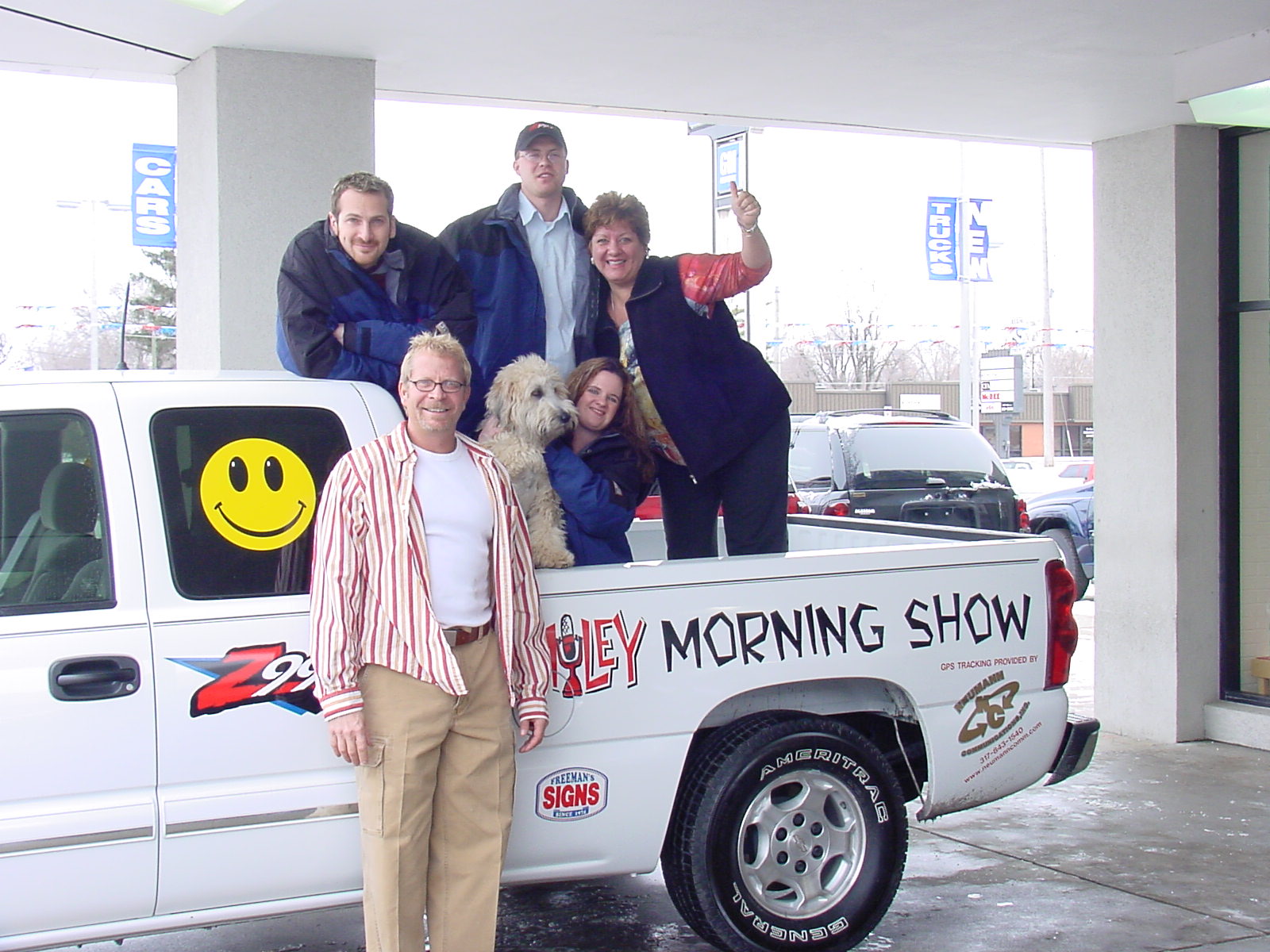 the past weekend? At events where multiple stations show up (a “radio row”), what’s “purple” about your station? How does it stand out in the crowd? What would make it more memorable? In an era where marketing dollars are at a premium – or nonexistent – how your station looks and acts on the streets and in public is everything.
the past weekend? At events where multiple stations show up (a “radio row”), what’s “purple” about your station? How does it stand out in the crowd? What would make it more memorable? In an era where marketing dollars are at a premium – or nonexistent – how your station looks and acts on the streets and in public is everything.
You get the feeling that both PopStroke and Monster Mini Golf facilities enjoy stellar Net Promoter Scores. Consumers love to share fun experiences with friends, family, and work colleagues, whether it’s word of mouth or online via stars, likes, and comments.
Interestingly, one is pinning its hopes on celebrity – the greatest golfer of our era, Tiger Woods – while the other is betting on monsters and a radio station.
Here’s the rationale for a radio station, straight from Amanda, a member of the W.I.R.D. airstaff:
Whether we’re talking miniature golf, a sporting event, a movie premiere, or a political rally, it’s about showbiz, thinking big, and showing people a good time. Consumers demand a lot of bang for their entertainment buck. It’s a competitive marketplace for the family entertainment vertical, and competitive brands like PopStroke and Monster Mini Golf are working hard to create great experiences and earn those leisure time dollars.
Of course, adding a radio station helps.
Same as it ever was.
Originally published by Jacobs Media
